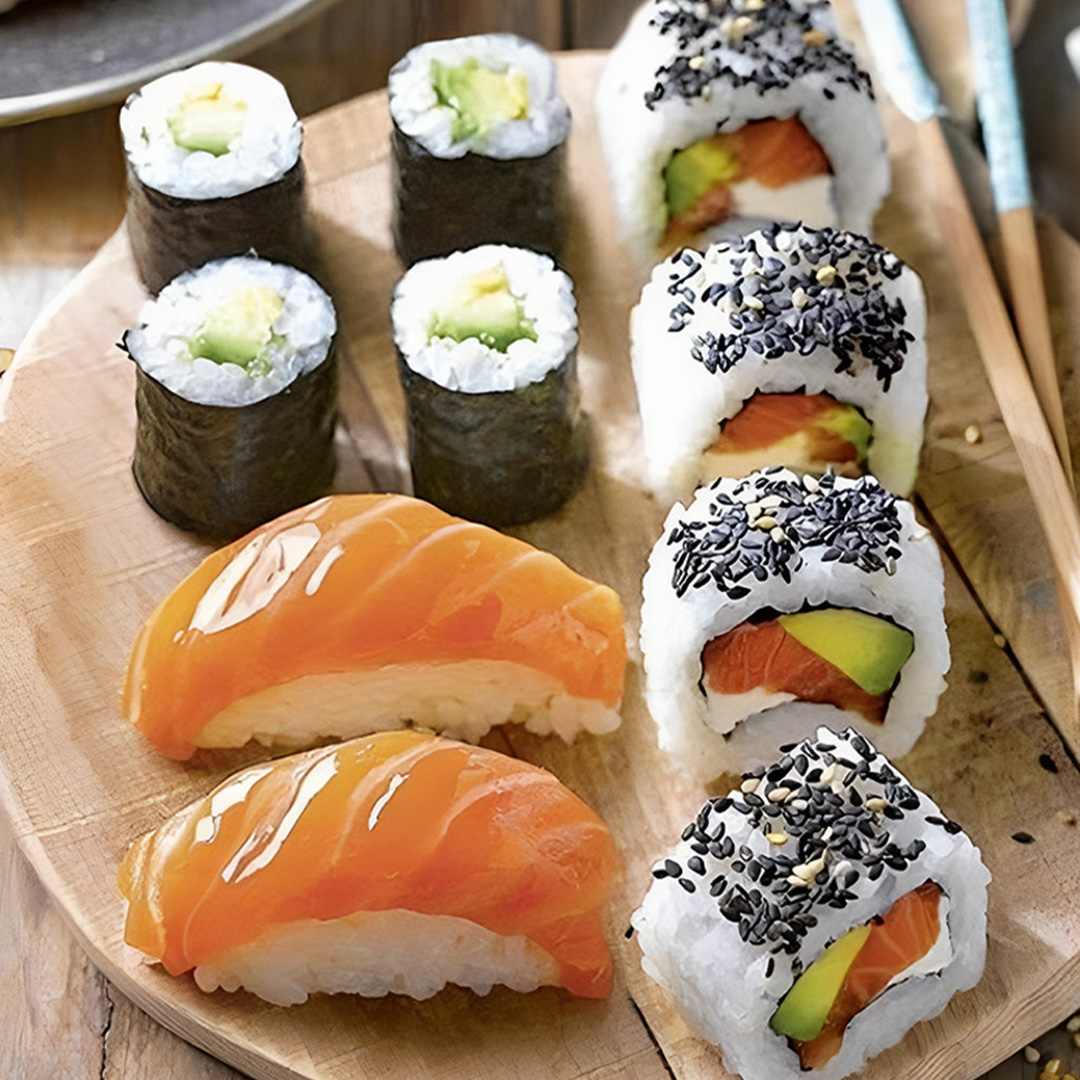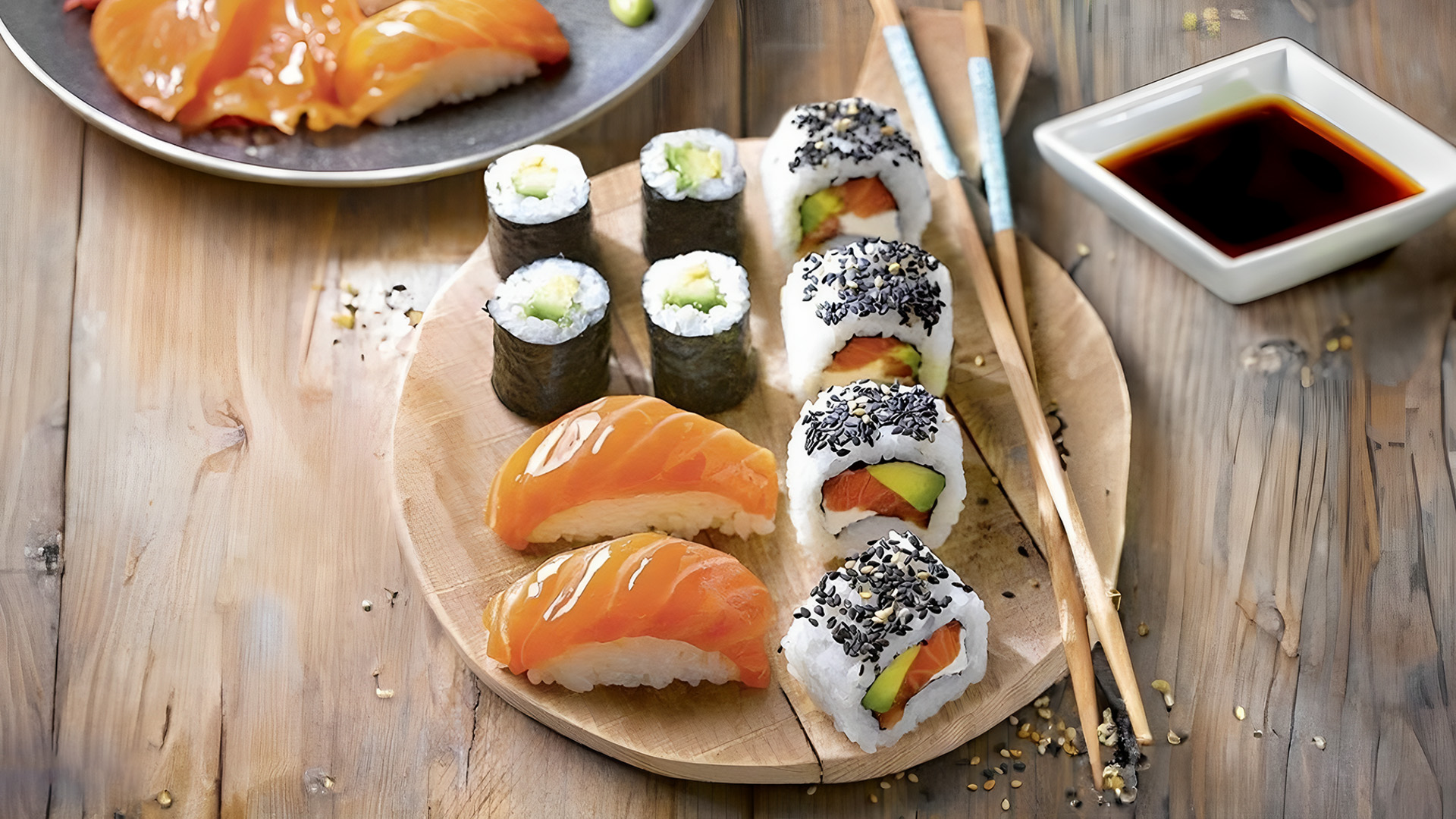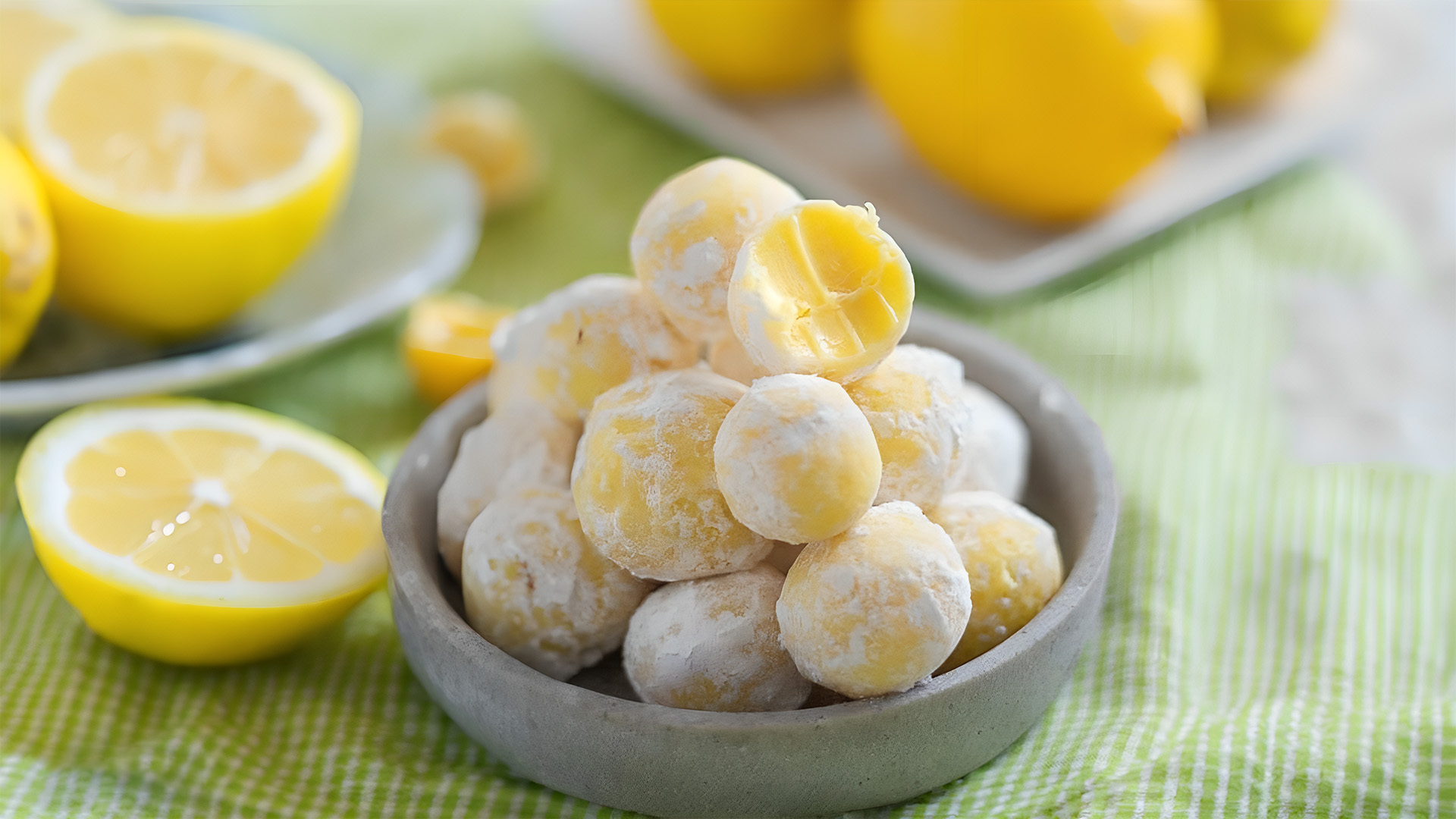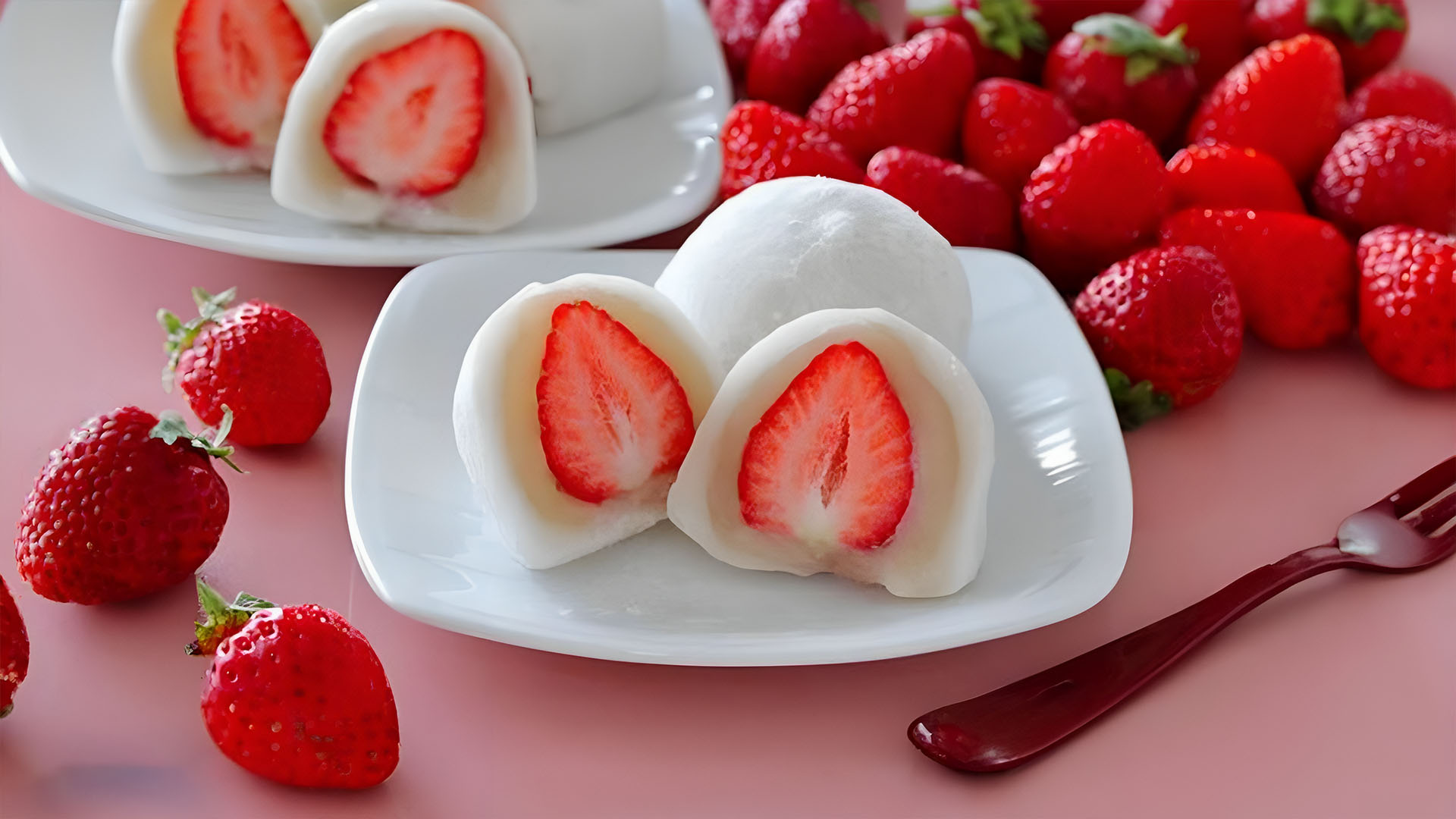Japanese Sushi Recipe – Japanese sushi is more than simply food, it’s a type of fine art whose exquisite flavor and presentation have mesmerized people all around the world. Sushi has become one of the most recognizable foods in Japanese cuisine thanks to the skillful balancing of flavors, textures, and precision in its preparation. In this thorough article, we will explore the illustrious varieties of Japanese sushi, set it apart from sashimi, appreciate its distinctive flavors, learn how to prepare it at home using a step-by-step recipe, and go over the key kitchen gadgets required to perfect this culinary masterpiece.
Japanese Sushi Recipe
What is Japanese Sushi?
Sushi is a Japanese cuisine made of vinegared rice, generally with sugar and salt, that is accompanied by a range of foods such as seafood (often raw), fruits, vegetables, and other components (such as eggs). Sushi styles and presentation vary greatly, but one crucial element is “sushi rice,” sometimes known as shari or sumeshi.
Sushi first appeared in Japan during the Muromachi period (1336–1573) as a method of preserving fish through fermentation with rice. The rice was subsequently thrown away, leaving only the fish. The fermenting process was shortened over time, and the rice began to be eaten alongside the fish. Sushi became popular in Japan during the Edo period (1603–1868), and it is still popular today.

The Difference between Sushi and Sashimi
Due to their similar presentation of raw fish, the two distinct foods of sushi and sashimi are sometimes confused. These are their differences:
- Sushi: A variety of items, such as raw or cooked fish, vegetables, and even tropical fruits, are combined with vinegared rice to create the dish known as sushi. Rice vinegar, sugar, and salt are used to season the rice. Nigiri (hand-pressed sushi), maki (sushi rolls wrapped in seaweed or nori), and chirashi (sushi rice topped with a variety of ingredients) are just a few examples of the many different types of sushi.
- Sashimi, on the other hand, is raw fish or seafood that has been finely sliced and is often eaten without rice. The seafood’s quality and freshness are the only things that matter. Wasabi, pickled ginger, and soy sauce are common accompaniments.
In conclusion, both sushi and sashimi contain raw fish, but they differ in how they are prepared, what is used, how it is presented, and how the meal is enjoyed. Sashimi presents raw seafood in its simplest form, while sushi combines seafood with vinegared rice and other toppings. Sashimi and sushi both provide distinct and wonderful culinary experiences, whether you favor the artistic wonders of sushi or the simplicity of sashimi.
Some Famous Varieties of Japanese Sushi
Here are some of the most famous varieties of Japanese sushi:
- Nigiri Sushi: The most prevalent type of sushi is nigiri-zushi. A little mound of sushi rice is topped with a piece of raw fish or seafood.
- Maki-zushi: A sheet of seaweed (nori) is rolled around a filling of sushi rice and other toppings to make this style of sushi.
- Uramaki: This is a form of maki-zushi in which the rice is on the exterior and the seaweed is on the inside.
- Temaki: A cone of seaweed is hand-rolled around a filling of sushi rice and other ingredients to make this style of sushi.
- Chirashi-zushi: This form of sushi is produced by spreading sushi rice on a plate and then topping it with various items.
- Gunkan-maki: This form of sushi is produced by piling a small mound of sushi rice on top of a cup of seaweed and then topping it with various components.
- Oshi-zushi: A layer of sushi rice is pressed into a mold and then topped with a variety of ingredients to make this style of sushi.
- Narezushi: This is a sort of traditional sushi created by fermenting fish with rice. It is a strong-flavored meal that is less popular than other types of sushi.
Frequently Ask Questions About Japanese Sushi
What are the Ingredients in Sushi in Japan?
Sushi rice, fish, nori (seaweed), wasabi, gari (pickled ginger), and soy sauce are the key ingredients of traditional Japanese sushi. Omelet, pickled radish, and other vegetables are among the foods that can be utilized in sushi. Sushi is a diverse and delicious food that people of all ages may enjoy.
How does Japanese Sushi Taste?
Consider eating some Japanese sushi. The perfect mix of flavors is the first thing you’ll notice. Sushi rice, with its mild sweetness and sourness, balances the fresh, savory tastes of the seafood nicely. The nori, or seaweed, lends a sense of saltiness and umami, while the wasabi delivers a spicy edge. And just when you think you’ve tasted everything, the gari, or pickled ginger, appears to cleanse your palette and prepare you for the next bite. It’s a gourmet symphony that will send your taste buds into a frenzy.
Can i Use Normal Rice for Japanese Sushi?
No, you cannot make sushi with regular rice. Sushi rice is a type of short-grain rice that is heavy in starch and sticky, allowing it to keep its shape when wrapped into sushi rolls. Normal rice is long-grain or medium-grain, and it lacks enough starch to be utilized for sushi. If you try to use normal rice for sushi, it will fall apart and become mushy.
More Japanese Food Recipes
Looking for more Japanese food? This are some of my favorites:
How to Make Easy Japanese Sushi at Home
Making sushi at home can be a fun and rewarding culinary adventure. Here’s a step-by-step guide to making sushi rolls (maki sushi) at home. This recipe will guide you through making classic sushi rolls with ingredients like tuna and avocado, but feel free to customize your rolls with your favorite ingredients.

Japanese Sushi Recipe
Equipment
- Bamboo sushi rolling mat (makisu)
- Plastic wrap
- Sharp knife
- Bowl of water with a splash of rice vinegar (for dipping your fingers)
Ingredients
For the Sushi Rice:
- 1 cup Sushi Rice
- 2 cups Water
- 1/4 cup Rice vinegar
- 2 tbsp Sugar
- 1 tbsp Salt
For the Sushi Roll
- Nori seaweed sheets (sushi seaweed)
- Sliced sashimi-grade tuna
- Avocado, thinly sliced
- Cucumber, thinly sliced
- Soy sauce, for dipping
- Wasabi (optional)
- Pickled ginger (optional)
Instructions
Preparing the Sushi Rice:
- Rinse the sushi rice until the water is clear under cold running water. This gets rid of extra starch.
- The rinsed rice and 2 cups of water should be combined in a medium saucepan. Bring to a boil, lower the heat to a simmer, cover the pot, and cook for about 15 minutes, or until the rice is cooked through and the water has been absorbed.
- Rice vinegar, sugar, and salt should all be combined in a small pot while the rice is cooking. Stirring constantly, cook over low heat until sugar and salt are dissolved. Take it off the stove and let it cool.
- Transfer the cooked rice to a sizable bowl. Use a wooden or plastic rice paddle or spatula to gently fold in the vinegar mixture while the rice is still hot. Avoid bruising the rice grains by being careful. The rice should be allowed to cool to room temperature.
Preparing the Sushi Rolls:
- Your bamboo sushi rolling mat should be put on a spotless, level surface. To stop the rice from adhering to the mat, cover it in a piece of plastic wrap.
- Place a sheet of nori seaweed on the mat wrapped in plastic, shiny side down.
- Take a handful of sushi rice and distribute it evenly over the nori, leaving approximately half an inch of nori exposed at the top edge. To prevent sticking, dip your fingers in the bowl of water with a dash of rice vinegar.
- Avoid overcrowding the rice by sparingly sprinkling pieces of avocado, cucumber, and sashimi-grade tuna on top of it.
- Begin rolling the sushi from the bottom edge, forming it into a tight cylinder with the aid of the bamboo mat. To make sure it holds together, roll carefully and apply light pressure.
- Once you've reached the nori's exposed edge, softly moisten it with water before pressing to seal the roll.
- The roll should be removed from the bamboo mat with care, then put on a cutting board.
- The roll should be divided into bite-sized pieces using a clean, damp knife. To avoid sticking between cuts, wet the knife.
- To produce more rolls with various fillings or variants, repeat the procedure.
Serve and Enjoy the Japanese Sushi
- Place your sushi rolls on a dish, if preferred, decorate with pickled ginger, and add soy sauce for dipping. Enjoy your sushi creations!
- Don't worry if your first attempts at creating sushi aren't perfect; remember that preparing sushi requires practice. With practice and time, you'll master the art of cooking sushi!
Conclusion
Japanese sushi is more than just a dish; it’s a sensory experience with a variety of flavors, textures, and expertly crafted pieces. Sushi is a culinary marvel, and one’s appreciation of it is enhanced by knowledge of its background, subtleties, and flavors. You can start a journey to make your own delicious sushi creations by following the offered recipe and investing in the necessary kitchen equipment, all while respecting the rich traditions of this adored Japanese dish.











Leave a Reply